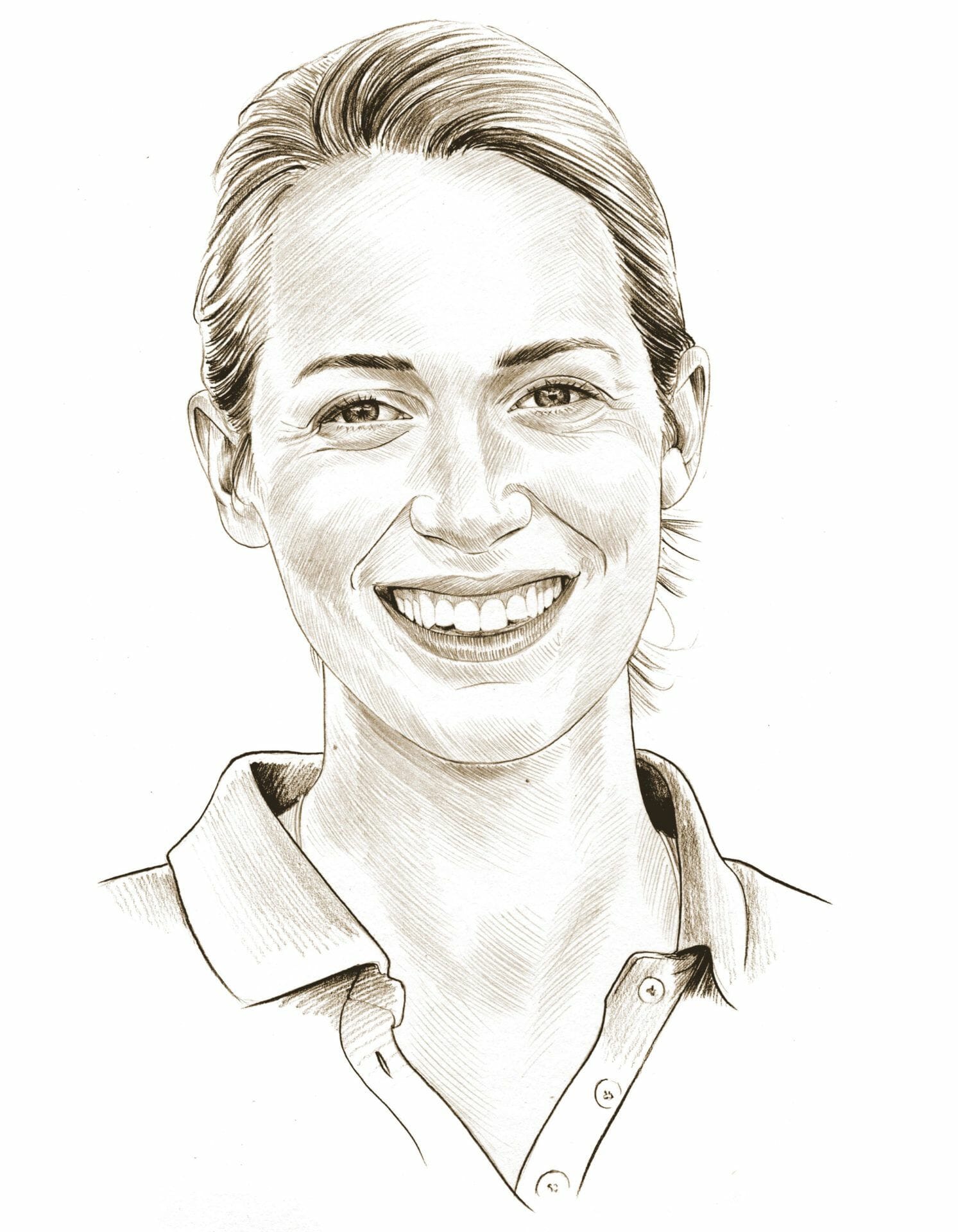Editor’s Note: AFN’s Lauren Stine collaborated with Successful Farming’s Laurie Bedord to interview Elyssa McFarland about her farm and use of technology.
From driving equipment to building a fence to stacking hay, there was always something new for Elyssa McFarland to learn growing up on her family’s grain and livestock farm near Columbus Junction, Iowa. Yet, the area that intrigued her the most was right under her feet.
“From an early age, I understood the dramatic difference in how my family’s fields were managed,” McFarland says. “We have sandy soils in the valley that are prone to drought and heavy prairie soils in the uplands that tend to pond. This variability creates a tricky puzzle that is fun to try to solve each year.”
As a self-proclaimed soil nerd, her decision to pursue degrees in agronomy and soil science was a natural fit. Today, McFarland is the sixth generation to farm in Louisa County, Iowa. She also works to build soil health and create a sustainable future for farming and food as a development manager for the Soil Health Partnership.
What led to your current career path?
Initially, I wasn’t sure I wanted to come back to the farm, so I pursued the science that most interested me and took business and technology courses along the way. In 2012, I had the opportunity to rent a farm. Raising my own crop made me realize I wanted to farm with my family. I also knew that doing so straight out of college wasn’t likely, and I thought it would be good to gain work experience in other areas. My passion for soils and crops led me to the Soil Health Partnership (SHP).
On the 170 acres you rent, what has been a main takeaway or lesson learned?
EM: I started growing corn and soybeans using what most would consider no-till, which means not running any other disturbance through the soil other than a planter with row cleaners. This strategy works well to conserve as much soil moisture as possible. I have learned that it is important to have a plan, so you know what you are going to end up changing.
| Background: Elyssa McFarland’s great-great-great grandfather moved to southeast Iowa in 1839 and began farming. The family is currently working through the process of defining the next phase of their family’s multigenerational farm. McFarland holds a bachelor of science degree in agronomy from Iowa State University and a dual master’s degree in agronomy and soil science from University of Wisconsin – Madison. |
In your SHP role, how are you blazing a trail for soil health?
Most farmers have a good idea of what they would like to improve in their soil. The questions that follow are the difficult ones. Which soil properties can be changed through management and which are inherent to the soil? What is the least risky, most cost-effective way to change the soil properties we can? SHP helps provide those answers through research, farmer networks, and scientific collaboration.
How do you care for the land to ensure you leave it better for the next generation?
My family’s management strategy varies depending on the field. We focus on maintaining grass waterways and planting cover crops on our more variable topography. The sandy fields require more intensive nutrient management. Our heaviest ground requires more careful consideration of seedbed preparation and limiting compaction.
What types of technology have you employed?
We variable rate seed and fertilizer then implement check areas to test the effectiveness of the parameters used to create prescriptions. Planter row shut-offs save seed since we have a lot of contours and point rows. We also collect data to test the effectiveness of technologies like crop protection products or improved trait packages.
Honestly, high-speed internet is the technology that has had the biggest impact. Finding information to make better decisions and being able to learn from other farmers has helped me avoid mistakes and troubleshoot faster.
What pain points has technology not addressed?
Non-machine data management. We have been able to fairly seamlessly manage field information from machines. The other information about our farm comes from many sources in many formats and it is more difficult to manage.




